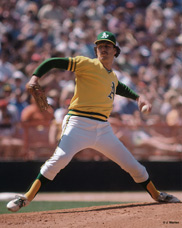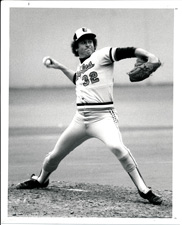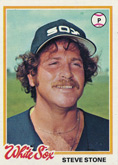
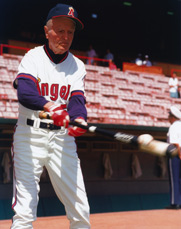
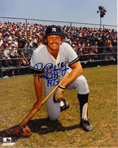
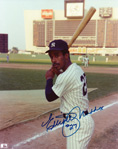
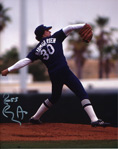





The Hall of Fame really measures your impact on baseball. And while people may not like it, he did have quite an impact on baseball. So, yes, if I was voting, I would vote to put Marvin in the Hall of Fame, no question about it.
In order to reach the big leagues and stay in the big leagues, one must have an innate knowledge of the game including its strategy and techniques. There are no dummies in the big leagues and, to me, one's college grade point average should equal one's ERA. I think my career ERA is about 3.4 which is just about my career college GPA.
I used to try not to lose before. Now, when I go out, I go out to win every time, and I'm certain I am. I try to envision myself literally walking off the mound a winner. I allow no negatives in my thinking.

